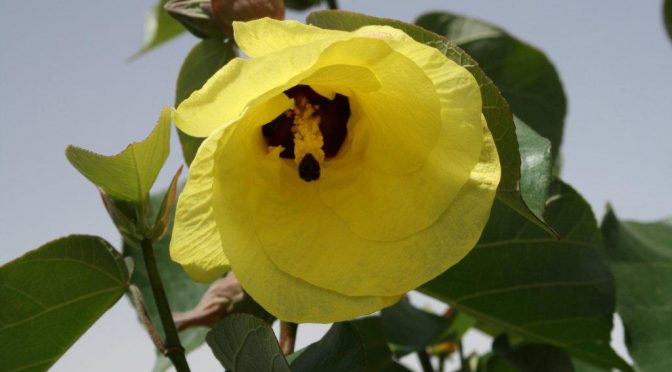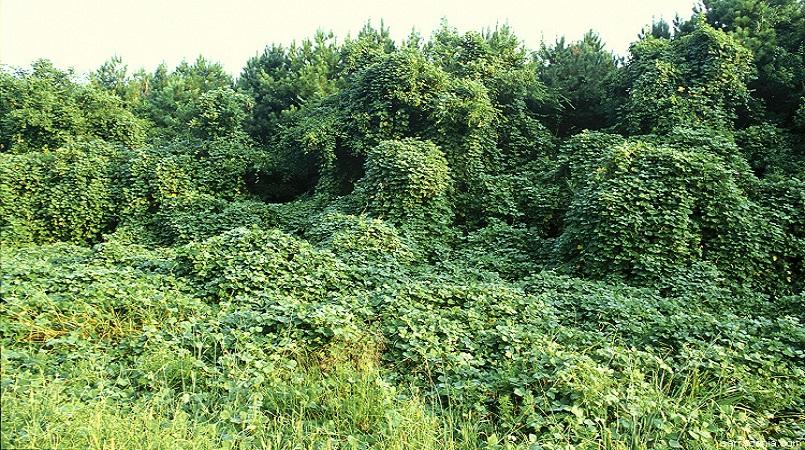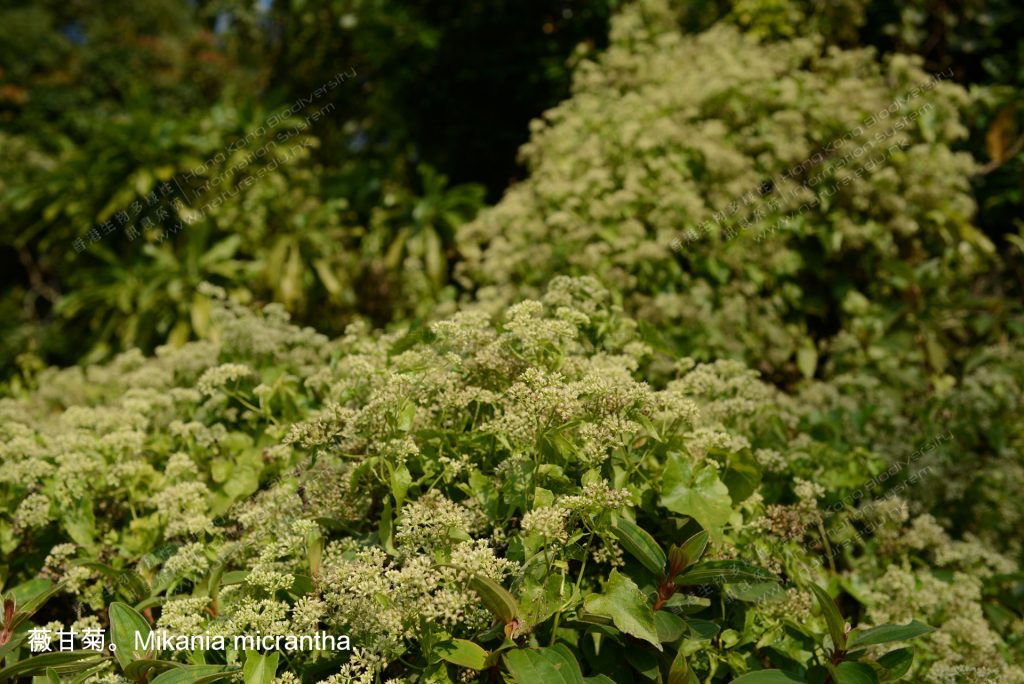(A) Low maintenance:
Once established, native plants generally require little maintenance.
(B) Beauty:
Many native plants offer beautiful showy flowers, produce abundant colorful fruits and seeds, and brilliant seasonal changes in colors from the pale, thin greens of
early spring, to the vibrant yellows and reds of autumn.
(C) Helping the Climate:
Landscaping with native plants can combat climate change. In addition to the
reduced noise and carbon pollution from lawn mower exhaust, many native plants are effective at storing the greenhouse gas carbon dioxide.
(D) Conserving Water:
Because native plants are adapted to local environmental conditions, they require far less water, saving time, money, and perhaps the most valuable natural resource, water.
(E) Wildlife:
In addition to providing vital habitat for birds, many other species of wildlife
benefits as well. The colorful array of butterflies and moths are all dependent on very specific native plant species. Native plants provide nectar for pollinators
including native bees, butterflies, moths, and bats. They provide protective shelter for many mammals. The native nuts, seeds, and fruits produced by these plants offer essential foods for all forms of wildlife.
Mikania (Mikania micrantha) is an exotic perennial herbaceous vine that climbs up other plants to reach the canopy for better sunlight. Even worse, its leaves grow vigorously and will cover up other plants eventually causing damage or even killing other plants by cutting out the light for photosynthesis and smothering them.



